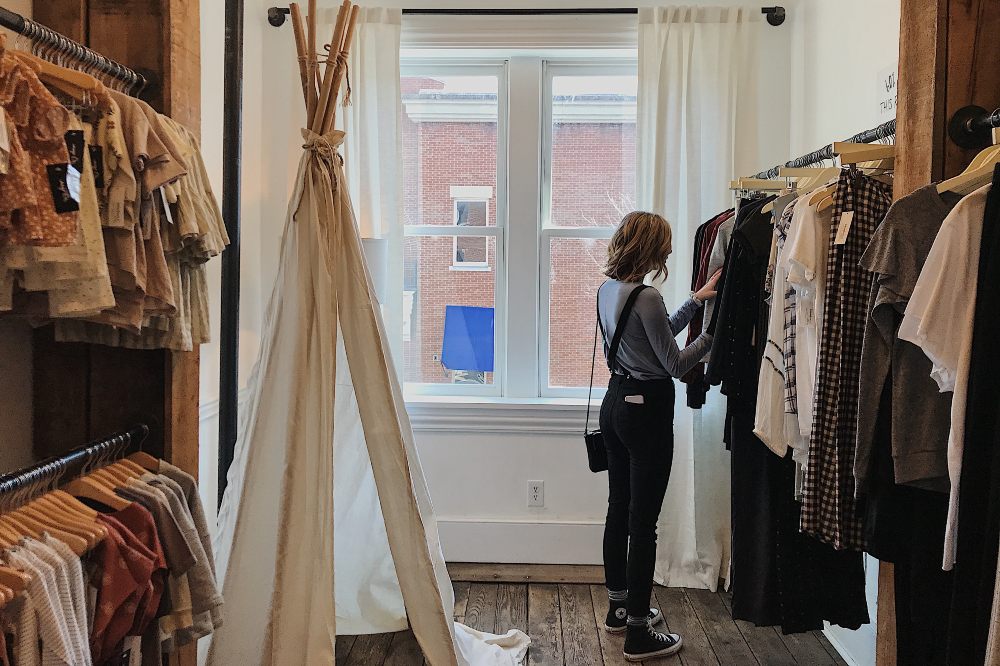
Vicky Hernandez, a partner in the retail team at law firm RWK Goodman, advises retailers on green leases – how they work, what to look out for, and how to collaborate with the landlord.
The term “green leases” is used frequently by both landlords and tenants when attempting to prove their green credentials and demonstrate their commitment to ESG principles. M&S was one of the first retailers to demonstrate a commitment to green leases, and with energy prices and climate change frequently far from the headlines, it perhaps isn’t surprising that the concept of a green lease has become much more mainstream than it was even 12 months ago.
As you would expect, a green lease contains specific commitments on the part of both the landlord and tenant to operate in a sustainable and energy efficient manner from the property being let. Given green leases are not yet market-standard, many tenants instinctively avoid them due to a lack of familiarity or precedent and because they are worried about unforeseen consequences and costs. Whilst it is often the case that landlords and tenants have competing interests in lease negotiations, green leases require a collaborative approach in which both parties ‘share the pain’ in recognition of the potential mutual benefits, which can be significant and are outlined later in this piece.
Typical green lease clauses include the following:
- Provisions relating to energy efficiency measures. For example, the installation of meters, sharing of utility consumption data, use of low-energy lighting and obtaining/renewing EPCs;
- Service charge provisions that allow landlords to include the cost of improving the environmental performance of a building within the list of recoverable service costs;
- Obligations on both parties to reuse materials or use recycled or reclaimed materials wherever possible when carrying out works (in place of clauses requiring the use of new materials that are still common in some leases);
- Requirements that a certain proportion of the energy used by the landlord/tenant must come from renewable sources;
- The removal of requirements for tenants to keep shop windows lit overnight; and
- The deletion of obligations on tenants to decorate at fixed intervals irrespective of the condition of a property, or to upgrade their shopfit after a specified period of time even if there is nothing wrong with the existing one.
Sometimes green provisions can be referred to as light, medium or dark; a sliding scale where light clauses are aspirational but not legally binding and dark green clauses are specific, measurable and legally enforceable.
As well as a tool to help landlords and tenants meet legislative targets, (for example, to achieve a 78% reduction in greenhouse gases by 2035 and Net Zero by 2050) and meet Minimum Efficiency Standards, green leases offer benefits for both landlords and tenants, not least the reputational improvement that comes from being seen as leaders in the green lease movement. As well as boosting their own ESG credentials, which will impress customers, potential investors and lenders, tenants will save on energy costs while landlords will enjoy increased asset values, improved energy performance and harness the potential for higher rental yields.
There are, however, some practical challenges to using and enforcing the provisions contained in green leases.
With many landlords and occupiers currently operating with tight margins, and with the uncertainty brought by the economic downturn, there isn’t necessarily an appetite from either party to meet the increased costs that may initially be required to implement new green lease provisions. Green leases are an inevitable part of the future, and most retailers and other tenants accept that they will have to embrace them at some point. Regulatory requirements designed to address climate change will only become more stringent and we need innovative new ideas to help retailers and other tenants remain compliant as well as profitable.
The British high street is already changing, and green issues have a role to play in shaping the high street of the future. As our knowledge and expertise improve, and as green leases become more commonplace, it will become easier to find solutions and drive change throughout the industry without prohibitive costs.
For further information, please click here.












